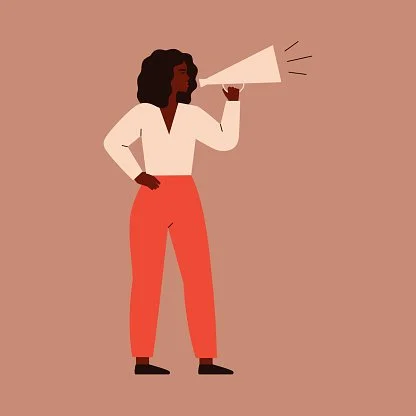So much of UX is about gaining insights from our users, so that we can better solve their problems. In the widely followed design thinking process from d.school, we can get to insights by following the non-linear phases of Empathize, Define, Ideate, Prototype, Test, Assess. This is a tried and true process that allows designers to solve human-centric problems.
However, there is a way to breakdown the “Ideate” section further, to create even more expansive ideas.
In Seeing What Others Don't: The Remarkable Ways We Gain Insights, Gary Klein details two parts to our “thinking” about a problem. First is an incubation phase, where we stop consciously thinking about the problem and let our unconscious mind take over. We put it on the shelf, relegate it to the back burners, not forgotten but not actively engaged with. He advises to “seek out mental relaxation and stop thinking about the problem.” Next, comes the illumination stage, “when insight bursts forth with conciseness, suddenness, and immediate certainty.” The aha moment.
If we lean into the two loops of incubation and illumination on any given design-thinking process, how can we optimize these loops to yield more and better insights? During illumination, while the conscious mind wanders, the unconscious engages in what Einstein called “combinatory play” - taking diverse ideas and inputs and finding new ways to bring them together.
STAND-UP EXERCISE
“But insight cannot be taken back. You cannot return to the moment you were in before.” ― Hilary Mantel, Wolf Hall
How do you define insights - both as an individual and as a team?
How can you further exploit the incubation and illumination loops to reach more insights? What do you do to help incubate an idea? Are you spending enough time on this portion of ideation?





